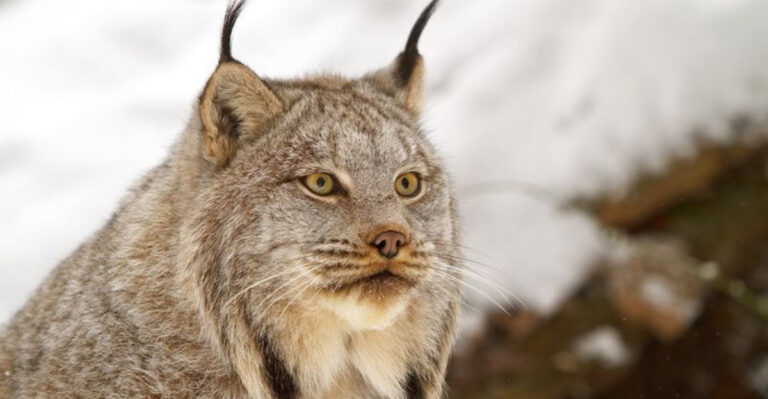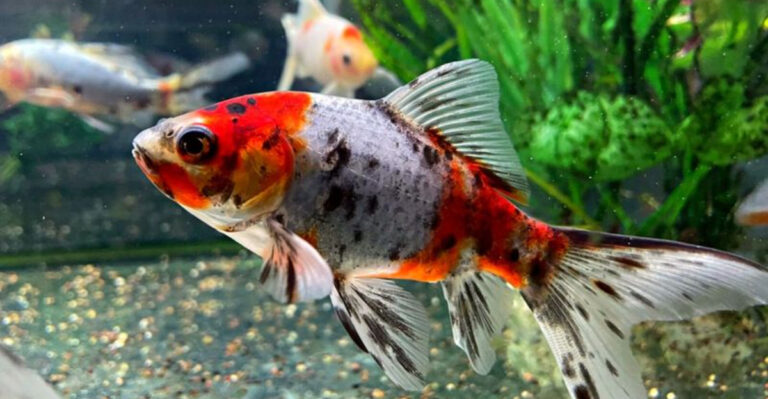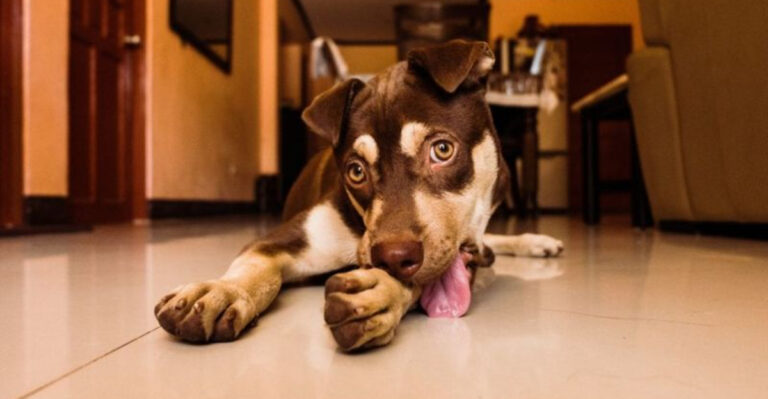8 Cat Symptoms That Aren’t Stomach-Related And 7 That Definitely Are
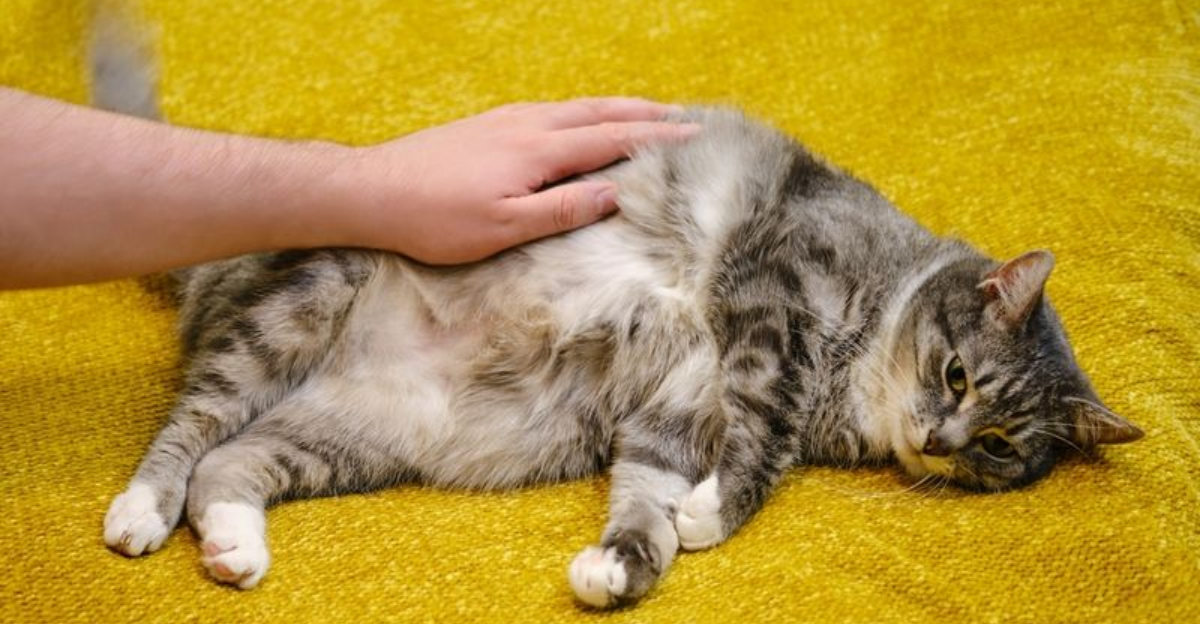
Cats are masters at hiding illness, making it tough for even the most attentive owners to spot when something’s wrong.
Understanding whether your feline friend’s symptoms point to stomach issues or something else entirely can save precious time at the vet. Let’s explore the telltale signs that might indicate your cat’s tummy is in trouble, and which symptoms actually point to other health concerns.
1. Excessive Grooming Might Signal Skin Problems
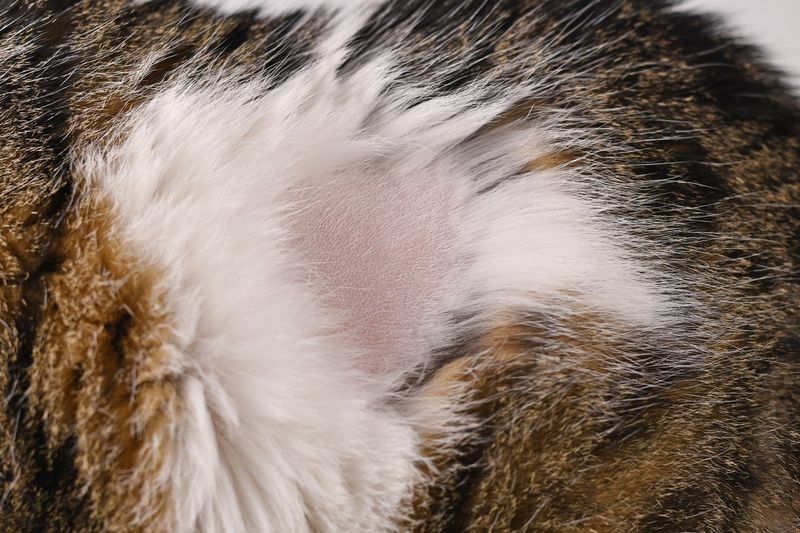
When your cat licks one spot raw, they’re not having digestive issues. Excessive grooming often indicates allergies, parasites, or skin infections causing irritation.
Look for hair loss, redness, or scabs in the area they keep targeting. Cats with food allergies might show skin problems, but the root cause isn’t stomach discomfort—it’s their immune system overreacting to certain proteins.
2. Breathing Changes Point To Respiratory Or Heart Issues
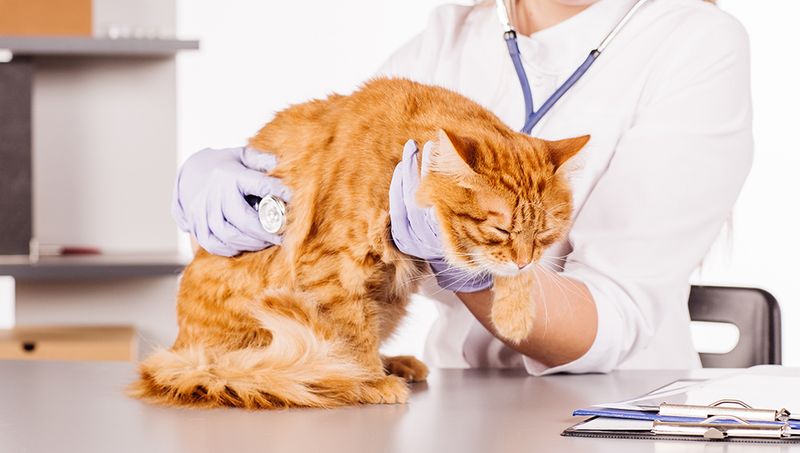
Rapid breathing, wheezing, or open-mouth panting in cats rarely connects to digestive problems. These concerning signs typically indicate respiratory infections, asthma, or even heart disease.
Normal cats take 20-30 breaths per minute while resting. Count your cat’s breaths when they’re calm—anything consistently higher needs veterinary attention. Breathing difficulties require immediate medical care as they can quickly become life-threatening.
3. Unusual Thirst Suggests Kidney Or Diabetes Issues

Suddenly emptying the water bowl isn’t about stomach troubles. Excessive drinking often signals kidney disease, diabetes, or hyperthyroidism.
Healthy cats typically drink little water because their prey naturally contains moisture. When your previously normal cat starts drinking like it’s going out of style, something significant has changed internally. Track water consumption by measuring how much you fill and how much remains each day.
4. Litter Box Avoidance Often Relates To Urinary Problems
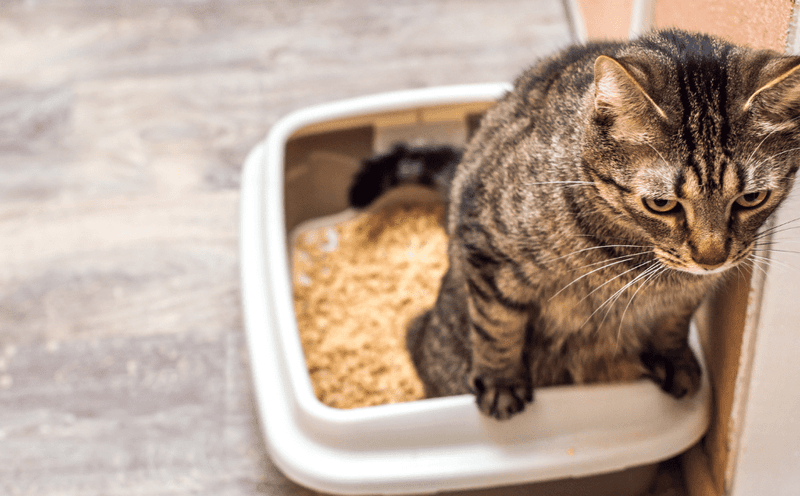
Finding surprises outside the litter box? Contrary to what many think, this behavior usually isn’t about digestive upset. Cats avoiding litter boxes frequently suffer from painful urinary conditions like infections or crystals.
Male cats showing straining or crying while attempting to urinate face a potential emergency called urethral obstruction. Other causes include arthritis making box entry difficult, or dislike of litter type or box location. Clean boxes daily to rule out cleanliness issues.
5. Sudden Aggression May Indicate Pain Elsewhere
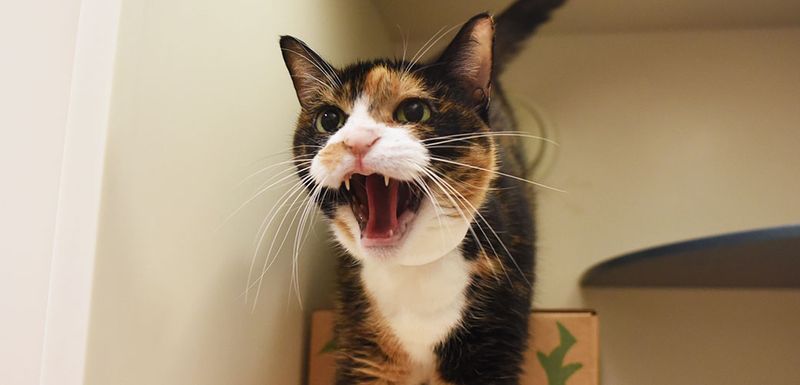
Sweet kitty turned terror? Unexpected aggression rarely stems from stomach discomfort. Cats becoming suddenly snippy or aggressive often experience pain from dental disease, arthritis, or injuries.
Watch for subtle clues like flinching when touched in specific areas or changes in jumping behavior. Cats instinctively hide weakness, so aggression serves as their protection mechanism when hurting. A thorough veterinary exam can locate the actual pain source your cat can’t verbalize.
6. Head Tilting Suggests Ear Or Neurological Concerns
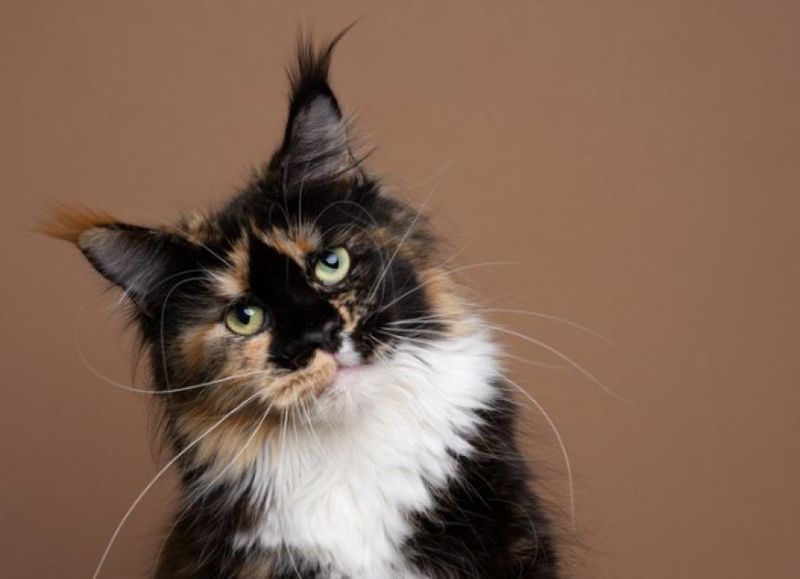
A persistently tilted head looks adorable but signals trouble unrelated to digestion. This symptom typically indicates ear infections, polyps, or more serious neurological conditions.
Accompanying signs might include circling, disorientation, or eye movements darting back and forth. Ear problems often come with scratching at ears or dark discharge. Don’t delay veterinary care for head tilting, as some causes like vestibular disease affect balance dramatically but may improve with proper treatment.
7. Vocal Changes Point To Throat Or Respiratory Issues
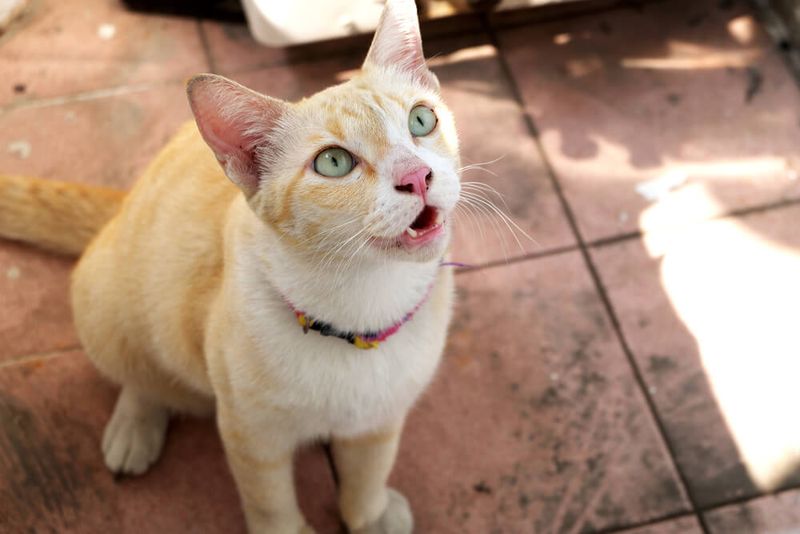
Hoarse meows or sudden silence from your chatty cat aren’t digestive symptoms. Voice changes typically signal upper respiratory infections, throat inflammation, or growths on the vocal cords.
Cats with hyperthyroidism sometimes develop deeper, louder vocalizations. Senior cats might meow more due to cognitive changes, but actual voice quality shouldn’t change. Any persistent vocal difference, especially combined with breathing changes or difficulty swallowing, warrants veterinary investigation.
8. Sudden Weight Loss Can Indicate Thyroid Problems
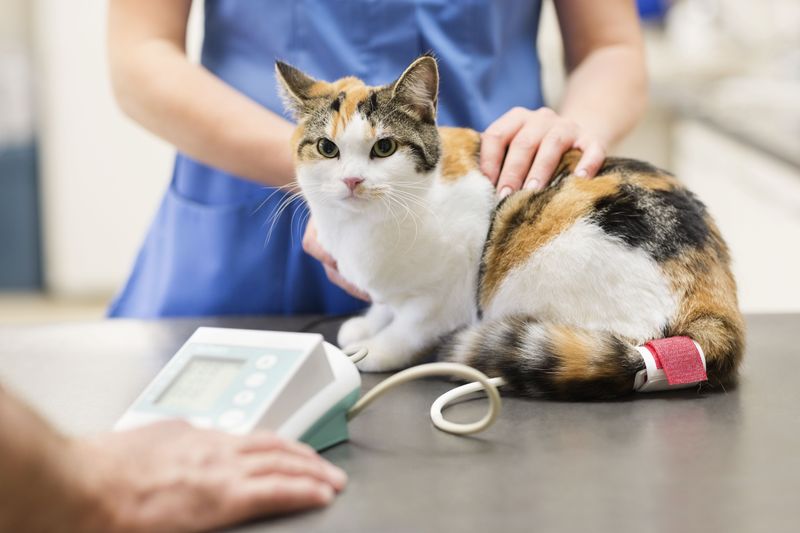
Dropping pounds while maintaining appetite isn’t usually digestive. Unexplained weight loss often points to hyperthyroidism, especially in older cats who seem constantly hungry yet get thinner.
Other possibilities include diabetes, cancer, or dental disease making eating painful. Healthy weight loss happens gradually through diet and exercise. Rapid, unintentional weight loss always requires veterinary investigation. Weigh your cat regularly using a kitchen scale for early detection of concerning trends.
9. Vomiting Hairballs Frequently Is Definitely Stomach-Related
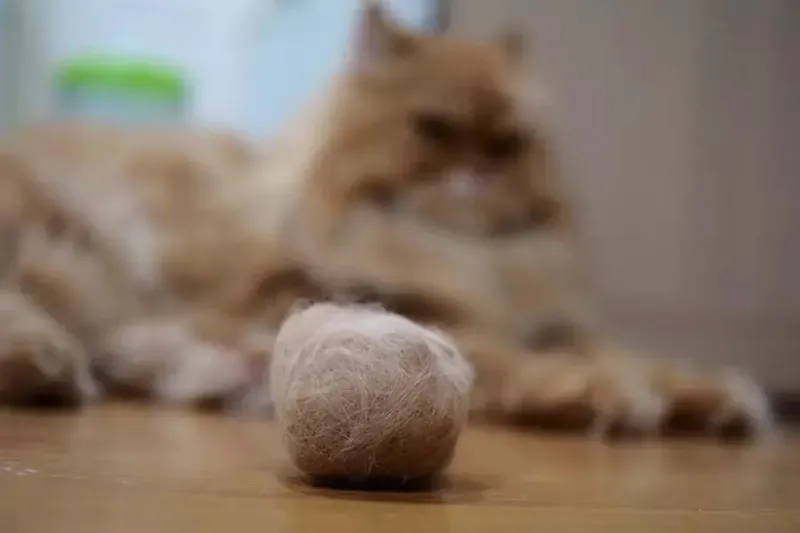
Finding cigar-shaped fur piles around your home definitely connects to digestive function. Hairballs form when cats groom, swallow fur, and can’t digest it properly.
While occasional hairballs are normal, frequent episodes suggest your cat’s digestive motility needs help. Long-haired breeds typically produce more hairballs. Regular brushing removes loose fur before cats ingest it. Special diets and lubricating products can help fur move through the digestive tract more efficiently.
10. Frequent Vomiting Of Food Points To Digestive Issues

Finding undigested kibble puddles around your home definitely signals stomach trouble. Frequent food vomiting can indicate food allergies, inflammatory bowel disease, or obstructions.
Cats who eat too quickly often regurgitate immediately afterward—a behavioral issue rather than disease. Slowing feeding with puzzle feeders often helps these cases. However, vomiting that occurs hours after eating, contains bile, or happens multiple times weekly needs veterinary attention to identify the underlying digestive problem.
11. Diarrhea Clearly Indicates Intestinal Disturbance
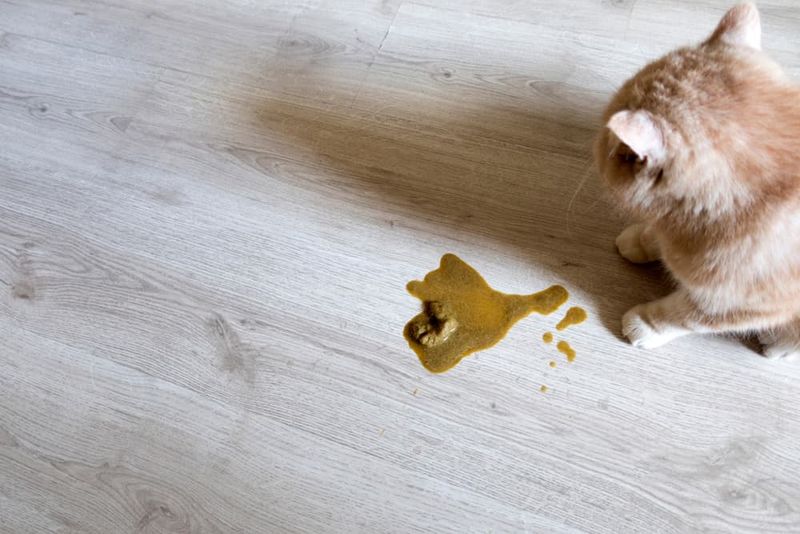
Loose, watery stools absolutely point to digestive system problems. Acute diarrhea often stems from dietary indiscretion, parasites, or sudden food changes.
Chronic diarrhea might indicate inflammatory bowel disease, food sensitivities, or even cancer. The color matters—black, tarry stool suggests bleeding in the upper digestive tract. Persistent diarrhea leads to dehydration and requires prompt veterinary care, especially in kittens or senior cats who dehydrate quickly.
12. Increased Gas And Bloating Signal Digestive Distress
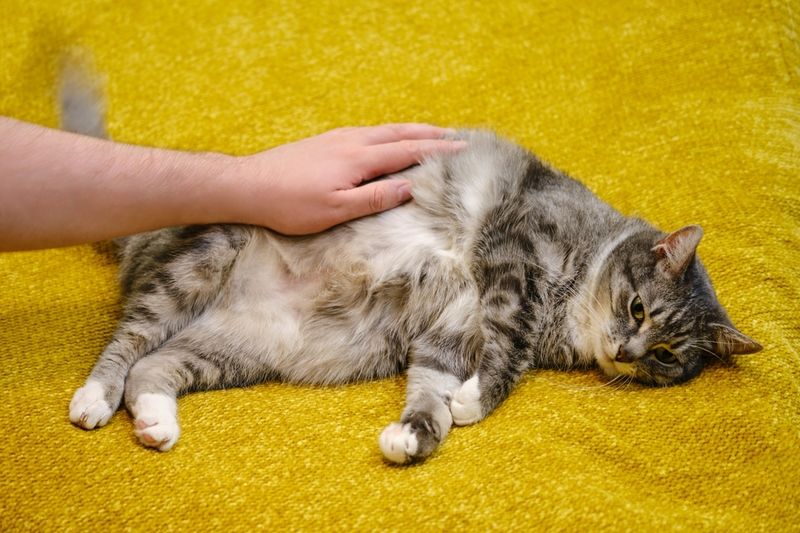
Excessive flatulence and a visibly distended abdomen definitely connect to stomach and intestinal issues. These uncomfortable symptoms commonly result from food intolerances, bacterial imbalances, or parasitic infections.
Cats with gas may show discomfort by restlessness or abdominal tenderness when touched. Sudden, severe bloating accompanied by vomiting attempts and distress could indicate gastric dilatation-volvulus—a rare but life-threatening emergency requiring immediate veterinary attention. Gradual diet transitions help prevent many gas-producing digestive upsets.
13. Drooling Combined With Appetite Loss Suggests Nausea
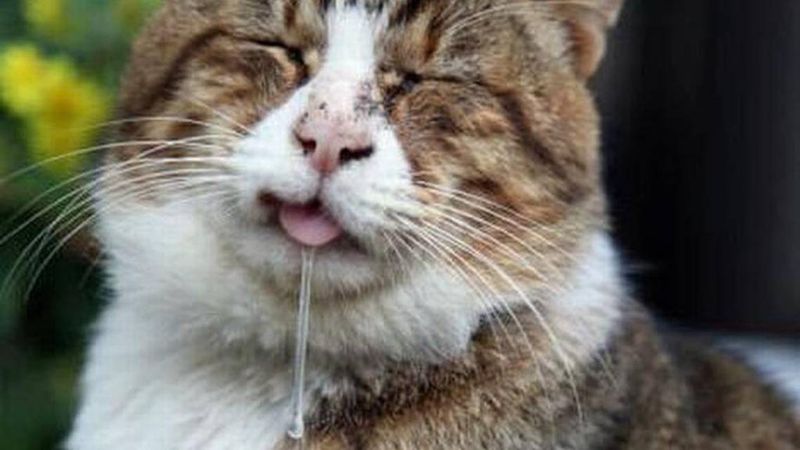
Excessive drooling paired with food refusal strongly indicates stomach discomfort or nausea. Cats feeling queasy often salivate more than normal while showing disinterest in favorite foods.
Other nausea signs include lip-licking, swallowing frequently, and hiding. While dental problems also cause drooling, they typically don’t affect appetite unless extremely painful. Nausea can stem from various digestive issues including gastritis, obstructions, or systemic diseases affecting the gastrointestinal system.
14. Abdominal Pain Shows Through Posture Changes

Hunched posture with tense abdominal muscles clearly indicates stomach or intestinal pain. Cats with digestive discomfort often sit in a “meatloaf position” with legs tucked underneath and back arched.
They may resist being picked up or cry when their abdomen is touched. This protective posture helps minimize pressure on painful internal organs. Abdominal pain requires prompt veterinary assessment as causes range from relatively minor (constipation) to life-threatening (intestinal obstruction or pancreatitis).
15. Constipation Relates Directly To Digestive Function
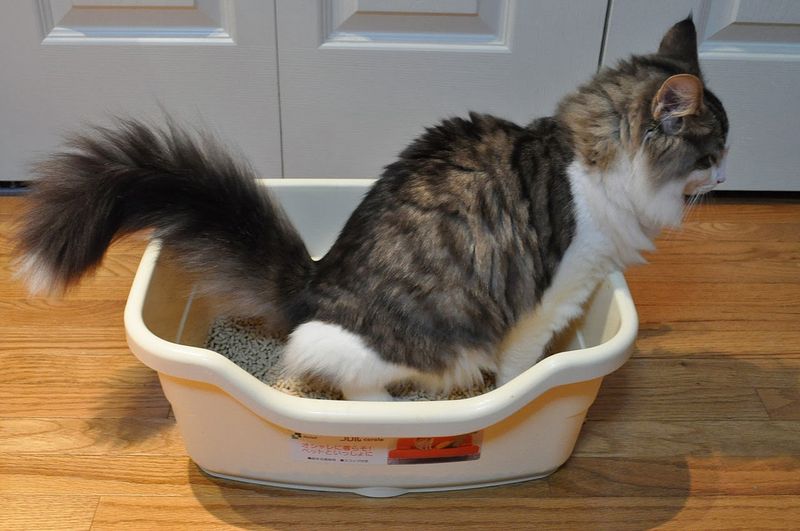
Straining in the litter box without producing stool absolutely indicates digestive tract problems. Constipated cats make frequent, unproductive trips to the box, sometimes crying while attempting to defecate.
When they do pass stool, it appears small, dry, and hard. Chronic constipation can lead to megacolon—a serious condition where the colon stretches and loses muscle tone. Increasing water intake, adding fiber, and maintaining healthy weight help prevent this common digestive issue affecting many indoor cats.

